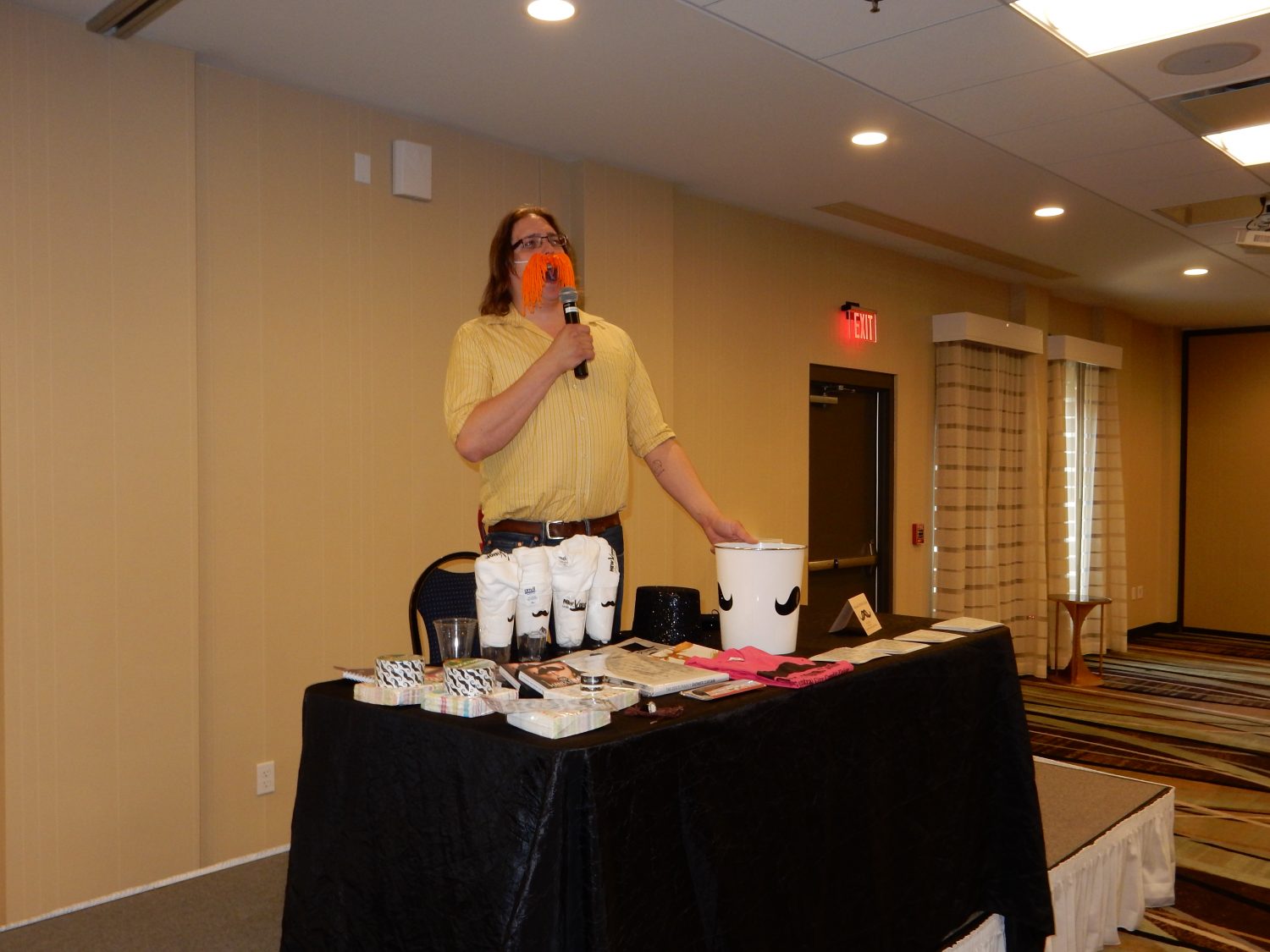The vet’s office: Little lions

Enriching a cat’s home environment
By Dr. Elizabeth Knabe, DVM
Wildwood Animal Hospital and Clinic LLC
Zoos have long known that the key to helping animals in captivity maintain their mental and physical fitness is to create environments that encourage behaviors normal for the species. The zoos will provide various objects to manipulate and will hide food in different areas or under things. This reduces the animals’ overall stress levels and often leads to better health.
Our domestic cats retain behaviors that began as survival strategies in their wild ancestors. Understanding that helps owners make their pets’ indoor environments more enjoyable.
Wild cats hunted for food, and our house cats like to chase small toys and objects as prey. Rotate toys in and out as once a cat has “killed it,” it may not think about chasing it again. Sometimes just moving that toy to another room helps it become “new” again.
Cats can be fed from toys that have to be moved around before kibble drops out. Putting small amounts of food in various places in the house will give the cat something to hunt. Food placed in empty egg cartons or in the bottom of a cardboard six-pack holder will make the cat work for it.
Indoor cats still want to feel safe and secure from predators. When you place an empty box or open paper bag in the middle of the floor, the cat will often sit inside to feel safe. Be sure to remove paper handles from bags so that cats do not get caught in them.
Cats also feel safe when they climb. Cat perches and cat trees provide the safety of elevation. If you have multiple cats, it is good to have more than one high perch so that all of them can have a spot to sleep.
Cats are designed for short bursts of energetic play as this is related to their predatory behaviors. They enjoy interactive toys such as feathers or fabric dangling from wands. This helps keep them fit and agile. You can also toss ping pong balls, aluminum foil balls, etc., or put a walnut in a bathtub and let them roll it around.
Cats communicate by smell more than any other sense. To help this you can place scratching posts in strategic, central areas. Cats will leave scents — pheromones — released from glands in their paws, cheeks, tail base, and forehead when they rub or scratch on these objects. A cat that can get its message out may be a more content cat.
For other ideas to help indoor cats, visit indoorpet.osu.edu/cats to discover more about our “little lions.”
Wildwood Animal Hospital and Clinic LLC is located at 210 Airpark Road in Marshfield and online at wildwoodanimalhospital.net.
Leave a reply
You must be logged in to post a comment.






